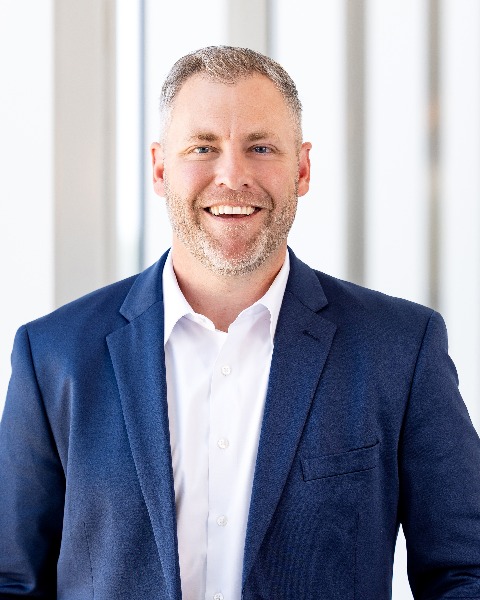Financial & Operational Models
Strategic Thinking About Philanthropy and Design for Big Healthcare Projects
In an era of shrinking margins, healthcare systems increasingly rely on philanthropy to fund capital projects, research, endowments and operations. At the same time, philanthropy itself is undergoing a generational shift. Where donors once wrote checks and stayed at arm’s length, today’s donors act more like investors—seeking active involvement in the projects they support. How do we adapt to this shift and better align donor engagement with community impact? This panel will explore strategic, forward-thinking approaches to philanthropy, offering practical, replicable tactics from organizations around the country.
Regional One Health in Memphis, Tenn., the state’s oldest hospital and only Level 1 trauma center within 150 miles, is planning a major capital project to replace its aging facility. Government funding will cover part of the cost, but $250 million in philanthropy is needed. The hospital foundation is simultaneously scaling its capacity to support the capital project and meet growing annual operating needs. This comes amid a rapidly changing philanthropic landscape, where federal and state support is declining, corporate and foundation resources are stretched, and donor demographics and priorities are shifting. Children’s Nebraska in Omaha offers a powerful example of a fully philanthropically funded initiative. The Behavioral Health & Wellness Center, a 48-bed facility, was spearheaded by community leader Ken Stinson in response to rising pediatric behavioral health needs. Through a dedicated nonprofit and strategic partnerships, the center came to life—underscoring how visionary leadership and collaborative planning can transform healthcare delivery. Attendees will take away key insights, including: How to align capital needs with community priorities and donor interests. Funding mix strategies and their impact on campaign cash flow. Why major gifts require early planning and thoughtful timing. The essential role of leadership in inspiring and guiding donor engagement. Join us to explore how philanthropy can drive meaningful, lasting change in healthcare—now and for the future.
Learning Objectives:
- Develop an appropriate understanding of philanthropy and how to align philanthropy with hospital/healthcare system initiatives, how to prioritize projects for philanthropic funding, and navigating the changing philanthropic landscape.
- Explain trends in planning for philanthropy across various organizations and priorities in a community.

Samuel McCrimmon, JD
Vice President, Development
Regional One Health
Sarah K. Brownell, FACHE
Principal, National Health Market Strategist
CannonDesign
Matthew DeBoer
Vice President/Director of Community Architecture
HDR
